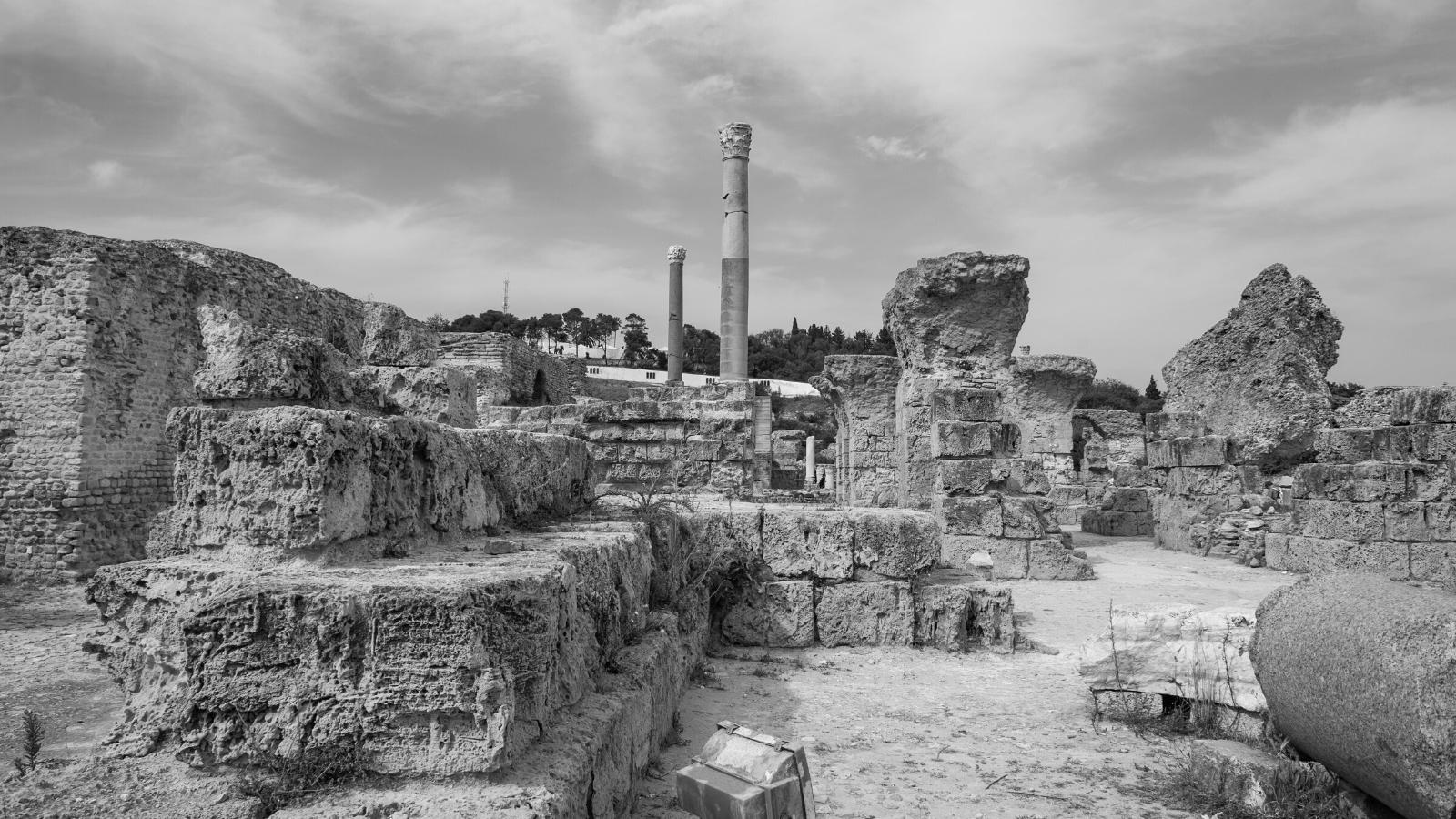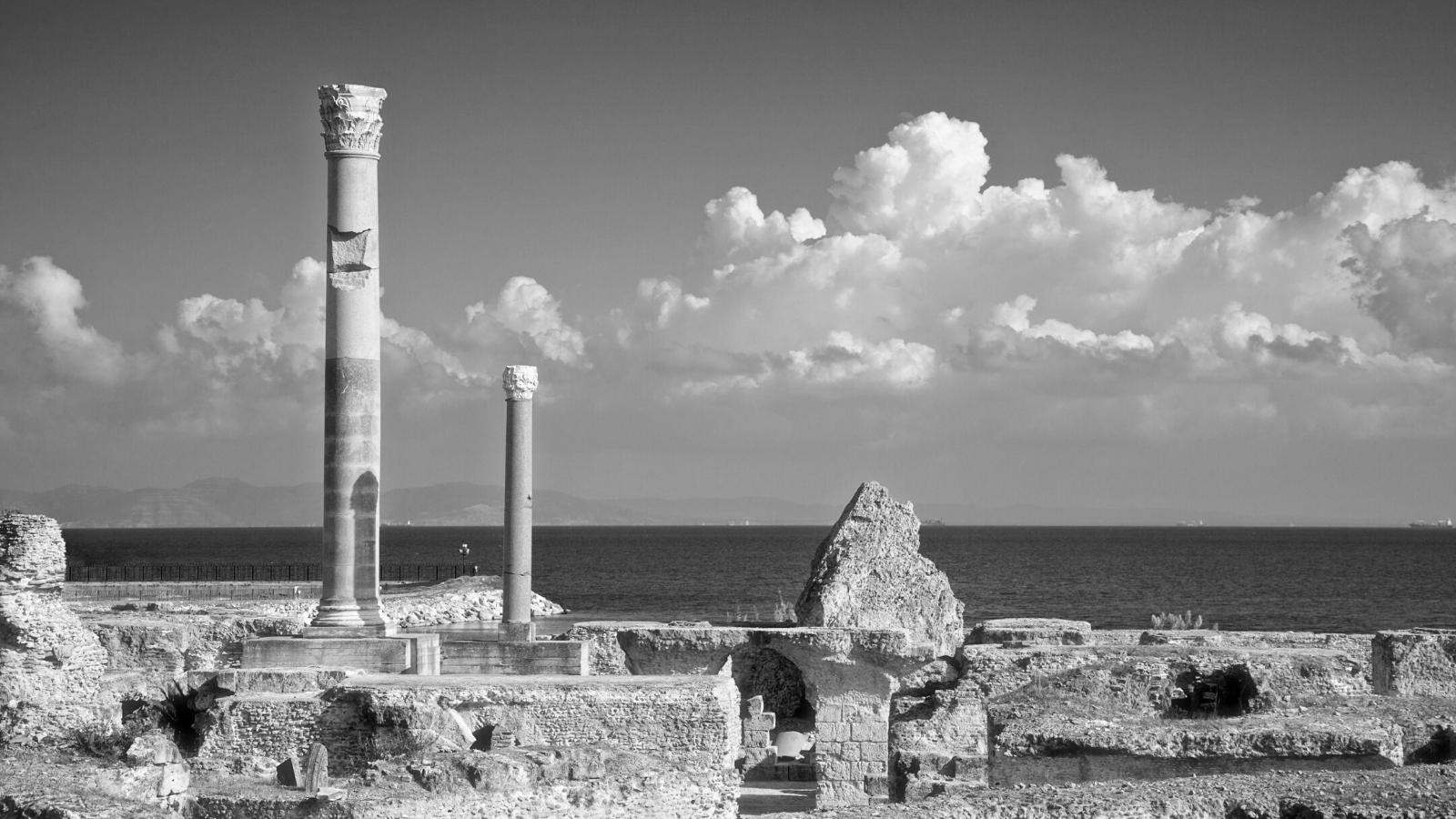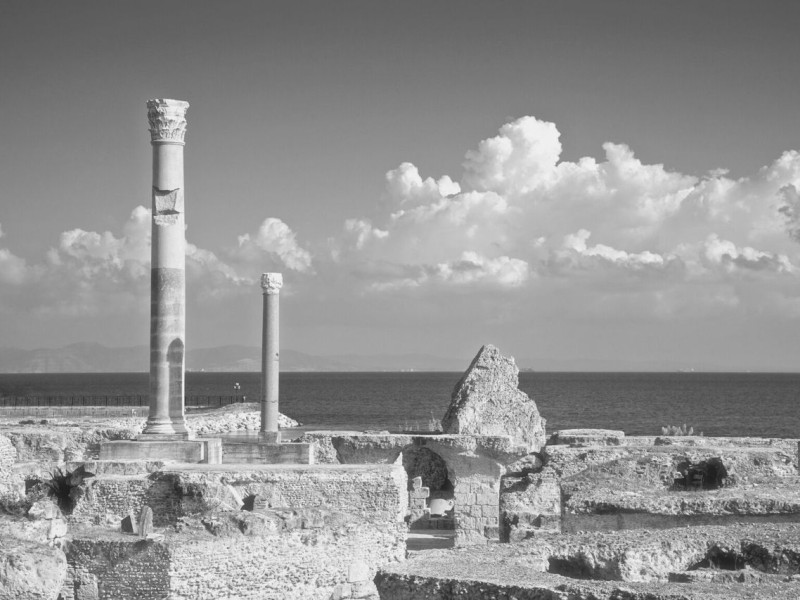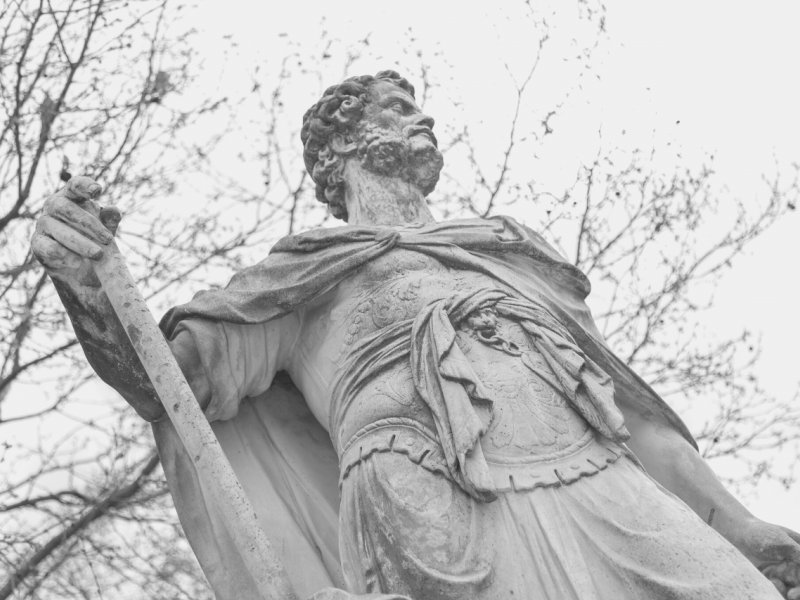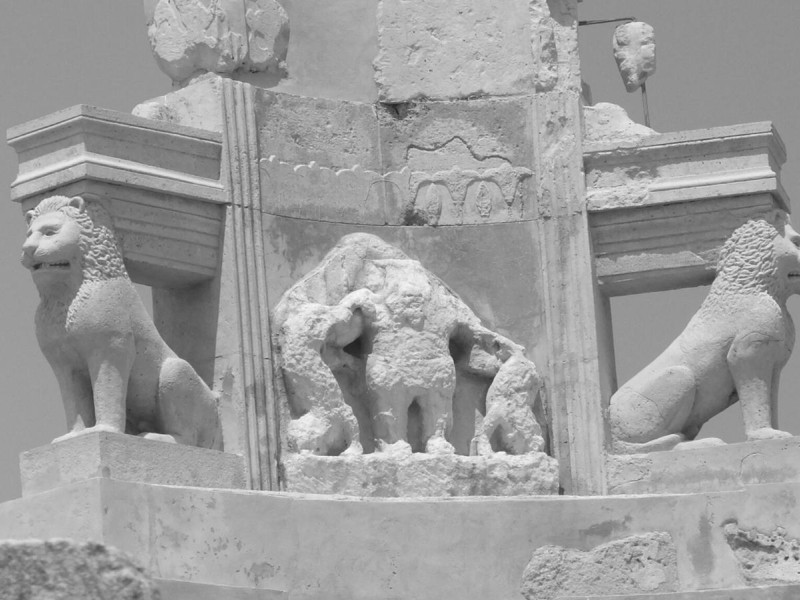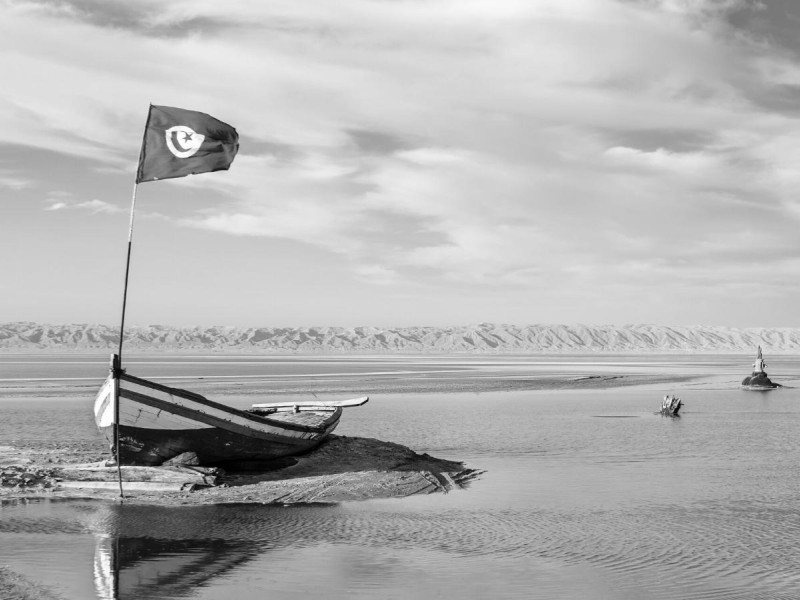Why Did the Phoenicians Establish Carthage and How Did Carthage Grow?
The Phoenicians established Carthage to serve as a trading post on the western Mediterranean. The strategic location of Carthage meant that all major trading routes went through it.
But how was the city founded and how did it help the Phoenician economy?
Find out how the old city of Carthage increased the fortunes of the Phoenicians here.
A Brief History of the Phoenicians
The Phoenicians were a group of city-states that were independent. These city-states were on the western coast of the Mediterranean with Byblos as the capital of Phoenicia. Phoenicia was not an empire as each state was independent and had its own administration. However, some states were more dominant at certain points in history.
Known as the Purple Land, the Phoenicians appeared around 3000 BC. They became popular at the tail end of the Bronze Age as most kingdoms collapsed.
The Phoenicians were known for their extensive knowledge of seafaring and the development of maritime trade networks. It’s also noteworthy that the Greek, Egyptian, and Mesopotamian civilizations traded with the Phoenicians.
They expanded their territories by building trading posts along the western part of the Mediterranean Sea. These territories included Carthage which later grew into an empire. Some Phoenician states practiced oligarchy where famous trading families ruled the states. However, Phoenicia began to decline in the ninth century.
Several wars led to the fall of Phoenicia. The Assyrians fought and defeated the Phoenicians in 672 BCE. The Greeks, under Alexander the Great, attacked some important Phoenician city-states and destroyed them. The Phoenicians were not spared by the Greeks and by 146 BCE Phoenicia was no more.
Why Did the Phoenicians Establish Carthage?
As already discussed, the Phoenicians established Carthage as one of its most important trade posts. In addition, the Phoenician city of Tyre was a central hub for trade and commerce. It was a place for the production of purple dyes. Since purple was a color of royalty and wealth in ancient times, most civilizations traded with it.
Tyre was also famous for producing purple dyes and glassware. These products were highly esteemed in the ancient world, and demands were high. Seeing the economic advantage of trading in the purple-colored dye, the Phoenicians set up the city of Carthage. Carthage was a new city to help facilitate the trade between Tyre, Sidon, and other regions.
As the trade between Tyre, Sidon, and other regions flourished, Carthage began expanding. The autonomous city had several settlers from all around the world. Soon it became the center of trading in the east. It grew into one of the most illustrious empires known as the Carthaginian Empire.
The Phoenicians Established Carthage Because of Its Geography
The Phoenicians also chose to establish Carthage because of its excellent geographical features. The city’s features as a promontory were ideal for creating a port that would control trade. If you didn’t know, a promontory is an upland that projects into a lowland or sea.
Thus, the Phoenicians built Carthage on a hill in the Gulf of Tunis. Around the city were other small hills that protected Carthage's harbor from raging storms and served as natural walls protecting against outside invasions. It was also close to the Strait of Sicily and therefore could easily master trade along the Mediterranean.
The city brought fortune to the Phoenicians as commercial activities there boosted the economy. Its beauty and wealth attracted the high and mighty. The harbor of Carthage was the biggest in Phoenicia and had about 200 docks. All these contributed to the development of Phoenicia.
The Features of the Phoenician Harbor of Carthage
These geographical features aided the building of two harbors on the same site: one of them was for the housing of Phoenicia’s huge navy and the other for commercial activities. Moreover, the merchant harbor of Carthage was rectangular, followed by the inner military harbor, which was circular.
The circular harbor had several ring-like buildings around it, which the Phoenicians used for repairing ships. It also had a structure like an island in the middle that housed the military vessels and the office of the admiral in command.
The harbor also featured warehouses where oars and rigging of ships were kept and maintained. According to historians, the inner harbor could host about 220 ships. To protect both ports, the Phoenicians built a massive wall around them. They also placed iron chains at the main entrance to close it in case of any attacks.
The city left nothing to chance as they built massive walls longer than those of most cities.
A Brief History of Carthage and How It Became an Empire
Historians dispute the foundation of Carthage, but many agree on 814 BC. The founding of Carthage is credited to Queen Elissa of Tyre. At first, Carthage was a transit station for traders plying the route between Tyre and Iberia (Spain). These transition stations were common, and Tyre had one every 20 to 30 miles.
The Earliest Beginnings of Carthage
The sailors en route to Gadir in Iberia stopped at ancient Carthage to rest and restock their food and water supplies.
Later, these sailors started building settlements and forts in Carthage. They also constructed warehouses for their goods and a shrine to worship. The early Carthaginians dedicated the temple to the worship of Melqart, the god of Tyre.
How Queen Elissa Founded Carthage and Made It Prosperous
Soon, Queen Elissa of Tyre settled in Carthage with her entourage. Queen Elissa, nicknamed Dido, was on the run from her brother Pygmalion, king of Tyre. The Queen fled from her brother because she discovered he had killed her husband. Fearing for her life, she escaped to Carthage and founded the city in 814 BC.
Her entourage included wealthy statesmen and lots of treasure. Moreover, her presence and leadership brought development and expansion to Carthage. Unfortunately, she died in Carthage around 759 BC, though not without leaving a lasting legacy. Today, she is revered as a national symbol of women in Tunisia.
How the City of Carthage Expanded Its Territories in Phoenicia
Carthage expanded by founding new colonies. The city also repopulated old and deserted Phoenician cities and added them to its territories. Carthage also defended other Phoenician cities that were under attack and formed allies. Notably, it refrained from conquering neighboring lands.
The city instead focused on building overseas hegemony by protecting its trade. Also, the Carthaginians might have feared the Libyans, so they didn’t want to attack them. Whatever it was, Carthage did not attack the neighboring lands, which didn’t last for long.
When King Nebuchadnezzar II besieged Tyre in 585 BC, citizens of Tyre took refuge in Carthage. The attack on Tyre swelled the numbers in Carthage and started a new culture that was different from other Phoenician cities. Thus, this is how Carthage started becoming even more prominent.
The Carthaginians Monopolized Trade to Support Their Economy
As the Carthaginians grew in strength and numbers, they monopolized the western Mediterranean trade routes. This was because of their strategic position, resulting in several wars with the Greeks and the Etruscans. In addition, the monopolization of trade boosted the Carthaginian economy and attracted more people.
The Carthaginians' Expansion Into Africa
The Carthaginians influenced parts of modern-day Tunisia and colonized Syrtis. Syrtis was a coastal region along the east coast in the Mediterranean. Carthage continued its expansion into Africa by creating small cities, which they named Emporia. Unfortunately, the Carthaginian’s progress into Africa met resistance from Cyrene.
Cyrene was a colony established by the Greeks in 630 BC. They successfully repelled Carthaginian influence, forcing them to turn westward. What’s more, the Carthaginian impact spread through the west like a pack of fleas. In the sixth century, the former city became a maritime empire.
The Fall of Carthage and Its Modern Location
The Carthaginian empire entered into a series of wars known as the Punic Wars, which they fought against the Romans over the control of Sicily and Corsica. These battles lasted over 118 years, with Rome being the final victor. Finally, the Romans rebuilt the destroyed city of Carthage and annexed it.
Today, the ruins of the once-famous city are in Tunis, the capital of Tunisia. The city still supports the economy of Tunisia by attracting many tourists to its remains.
Summary
In this helpful article, we’ve explained the history of Carthage and gave reasons why the Phoenicians established the city in the first place.
Here is a recap of what we’ve helped you discover:
Carthage was a transit station for traders to and from Hispania
Queen Elissa founded Carthage, and through her leadership, the city became prosperous
Carthage became a colony of Tyre and paid tributes to the Libyan tribes
Carthage built two harbors, one for commercial trade and the other for navy ships
The city mastered the trade along the Mediterranean by seizing control of the Strait of Sicily
This brought in more fame, and its trade network began to spread
Carthage expanded through overseas hegemony and soon became an Empire
The empire of Carthage entered into a series of wars with the Roman Empire, which marked its end
This idea of building Carthage brought the Phoenicians great wealth and prosperity, so much so that the city outgrew Phoenicia and later established itself as an empire. Today, its ruins are a UNESCO heritage site.
